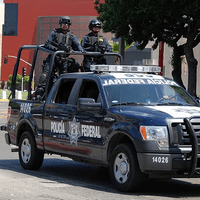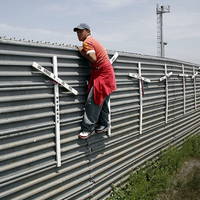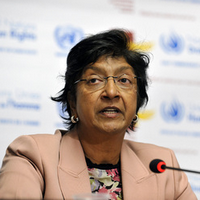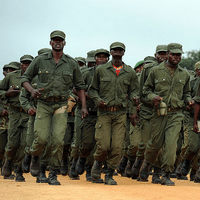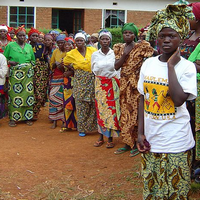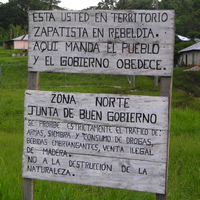
In the first light of dawn on New Year’s Day 1994, indigenous campesinos wearing ski masks and toting assault weapons stormed major towns in the southeastern Mexican state of Chiapas. By midday, the Zapatista Army of National Liberation (EZLN, in Spanish) had introduced itself to the world as the new face of social revolution. The nature of this face — or more accurately, the lack thereof — immediately distinguished the movement. Black balaclavas, worn at all times in public, along with the rugged attire of the indigenous population, captivated the lenses of the world’s media. So did the eloquent dispatches […]

